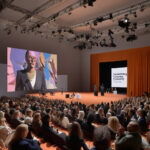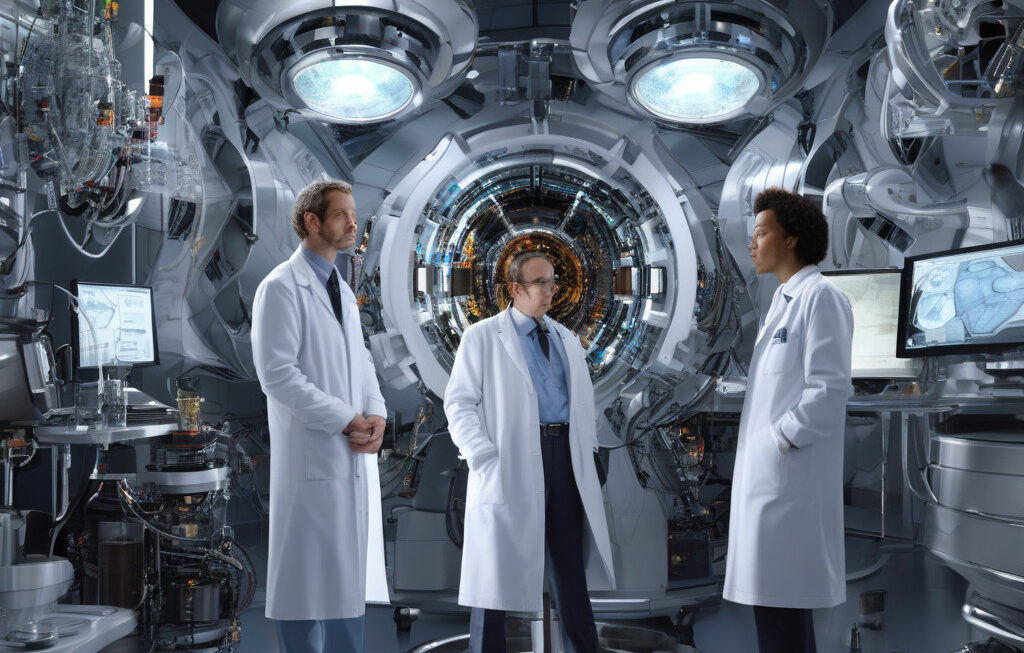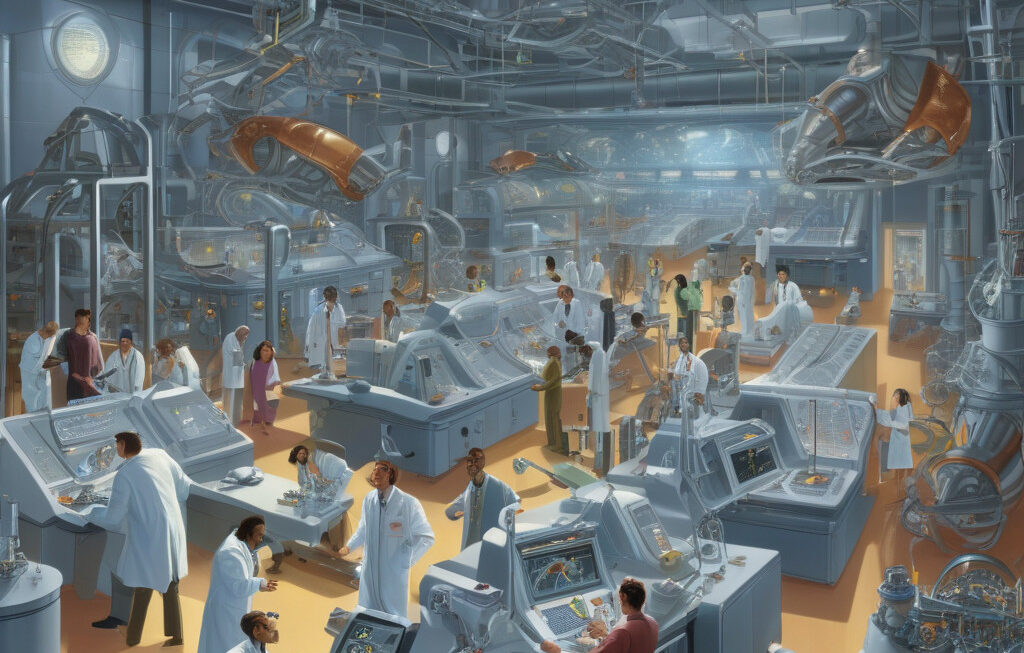90-year-old ‘second sound’ quantum theory observed in superfluid helium
Physicists at MIT have achieved a major feat, capturing a bizarre quantum effect called second sound in superfluid helium. This breakthrough, based on a theory proposed nearly a century ago, sheds light on the fundamental behavior of quantum materials and opens up new possibilities for future innovations in the field of quantum physics.
Second sound, a phenomenon predicted by the legendary physicist Lev Landau in 1941, refers to the unique behavior of heat conduction in superfluids. Unlike ordinary materials where heat is transferred through the movement of atoms, in superfluid helium, heat is carried through collective excitations known as phonons. These phonons move independently of the atoms themselves, creating a second type of sound wave that travels through the material.
The team of researchers at MIT, led by Professor Wolfgang Ketterle, utilized a combination of cutting-edge experimental techniques to observe second sound in action. By confining ultra-cold helium in a vacuum chamber and applying a series of laser pulses, they were able to measure the speed at which heat traveled through the superfluid. The results confirmed Landau’s theory and provided new insights into the quantum behavior of superfluid helium.
This breakthrough has significant implications for the field of quantum physics and beyond. By demonstrating the long-theorized second sound effect, physicists have unlocked a deeper understanding of quantum materials and their unique properties. This knowledge could pave the way for the development of novel technologies, such as more efficient heat transfer systems or advanced quantum computing devices.
Moreover, the successful observation of second sound in superfluid helium highlights the importance of revisiting old theories and exploring their practical applications. In this case, a concept proposed nearly a century ago has now been experimentally validated, showcasing the timeless relevance of fundamental scientific principles.
Looking ahead, the MIT research team plans to further investigate the behavior of second sound in superfluid helium and explore its potential implications for other quantum systems. By building upon this foundational discovery, they aim to unlock new possibilities in the realm of quantum physics and drive forward the frontiers of scientific knowledge.
In conclusion, the observation of the 90-year-old ‘second sound’ quantum theory in superfluid helium represents a significant milestone in the field of quantum physics. This achievement not only validates a long-standing theoretical prediction but also opens up new avenues for research and innovation in the exciting world of quantum materials.
#QuantumPhysics, #SuperfluidHelium, #MITResearch, #SecondSoundPhenomenon, #InnovationsInPhysics











